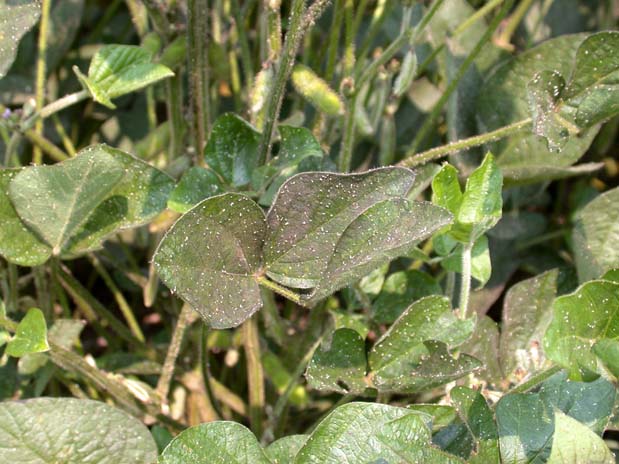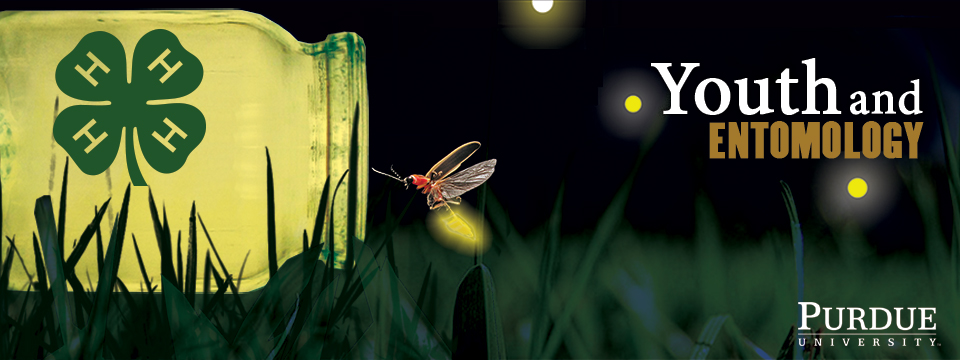

|
|
Aphid damage
(John Obermeyer, Purdue University) |
|
Common Name: Aphid - damage
See also: adult | larva Scientific Name: Aphididae: several species Status: can be very serious pests of many plants Damaging Stage: nymph and adult Injury: Aphids can become serious pests because they have the ability to build up high populations very quickly and they feed in large colonies. Aphids may cause plant damage in three important ways: (1) Aphid nymphs and adults both suck out plant juices and cause leaf wilting, curling, and chlorosis (yellowing). (2) As aphids feed on multiple plants, they may transmit important plant diseases. (3) Aphids excrete partially digested liquid material as they feed. This is called "honeydew" and serves as a base upon which sooty mold can grow. Leaves may become covered in this black mold which interferes with photosynthesis. Action Threshold: Control measures should be considered based upon the plant, its value, and when aphids are detected. Often, when 5 percent or more of the leaves become infested, management options should be considered. Aphid infestations found late in the growing season are seldom cause for treatment. Management: Aphids are largely held in check by weather conditions and also by many biological predators. Lady beetles and lacewings feed almost exclusively on aphids. Chemical insecticides should be selected and applied such that they have minimal effects on natural control agents. Alternative controls such as Bt and insecticidal soaps are recommended in small plantings. Insecticides that can be translocated (or moved within the plant) have shown great promise in controlling aphids. |
 |
||||||||||||||||
|
|
|||||||||||||||
|
Purdue Extension Entomology, 901 West State Street, West Lafayette, IN 47907 USA, (765) 494-4554 Department of Entomology | College of Agriculture | Extension © Purdue University | An equal access/equal opportunity university | Integrity Statement | Copyright Complaints | Maintained by ENTM IT Trouble with this page? Disability-related accessibility issue? Please contact us at entmwebmaster@purdue.edu so we can help. | ||||||||||||||||
